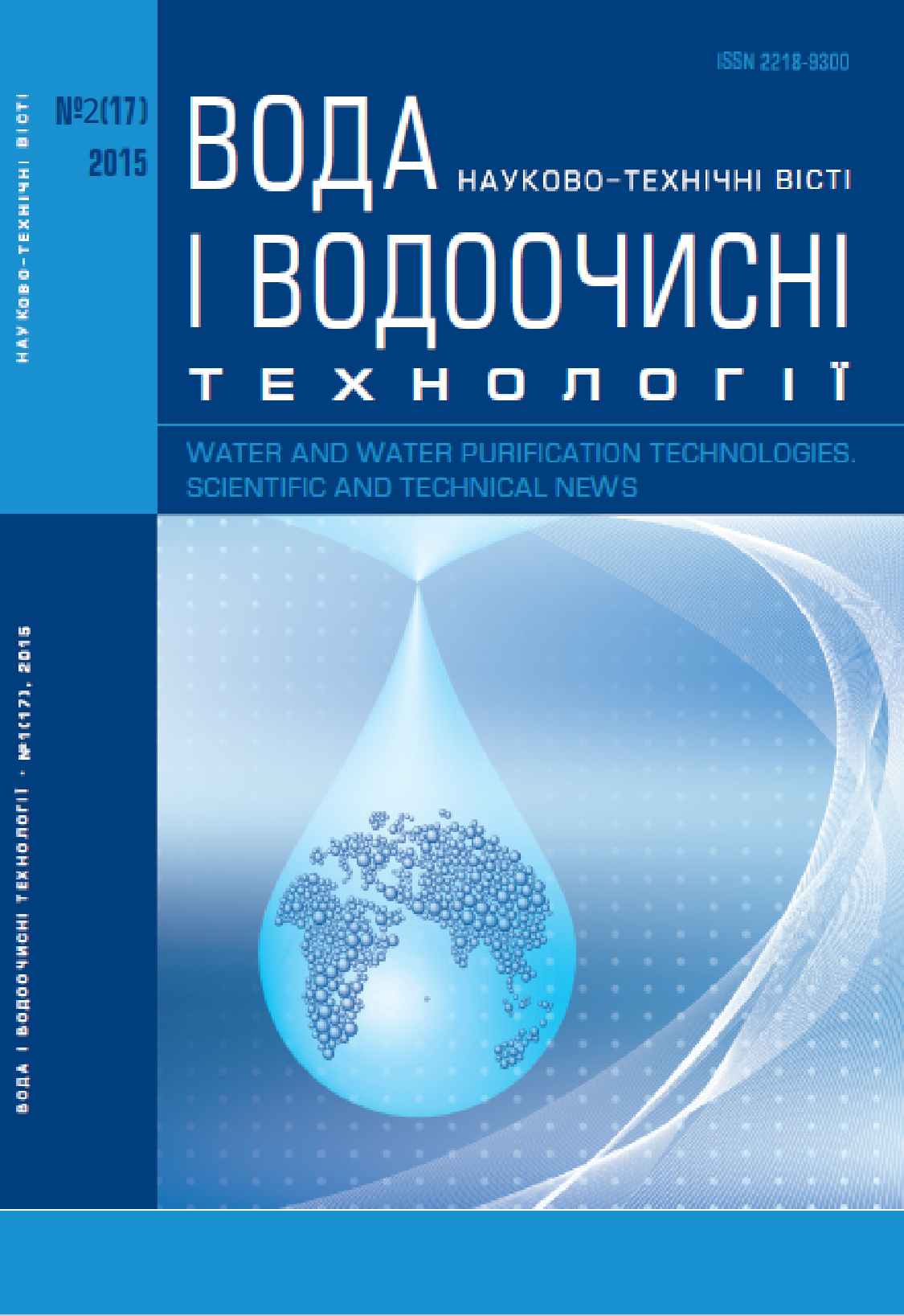Methods of determine of magnetic-receptive impurities in liquid media
DOI:
https://doi.org/10.20535/2218-93001722015135650Keywords:
magnetic impurities fraction, ferromagnetic filtering nozzle, magnetic filtrationAbstract
The analysis of existing methods and magnetic analyzers used to determine the magnetic fraction of impurities was performed. Their advantages and disadvantages was shown. A method for determining the magnetic fraction of impurities, based on repeated cyclical filtration of aqueous samples using laboratory magnetic filter with ferromagnetic filtering nozzle, which has anti-corrosion properties was offered. Large-scale studies for determine the fraction of magnetic impurities in technological waters of Tiraspol, Ostroh, Odessa, Krasnodar, Kherson, Shymkent and Kalush CHP, Uglegorsk TPP and chemical plant "Russia" were conducted. It was shown that, despite the differences in aquatic environments electric utilities in chemical composition and temperature conditions, the magnitude of the magnetic fraction in the technological waters is about 72-98%. It was proposed the experimental-computational method for determining the magnetic fraction of impurities, based on the experimental depending of change of the iron concentration from magnetized filtering nozzle length. With the using of formulas that provided in the article calculates the value of the magnetic fraction. To determine the fraction of magnetic impurities in technological waters (when impurities having sizes of 0.01-10 microns and a concentration of 30-100 g/dm3) an improved magnetic analyzer with flocculation chamber was proposed. In the flocculation chamber there is an integration of impurities, as a result the number of cycles in determining the magnetic fraction decreases by 1.5 times and the time of analysis is reduced.Downloads
Published
2015-11-01
Issue
Section
Статті
License
Copyright (c) 2020 В. І. Гаращенко, О. В. Гаращенко, В. В. Деревецький, О. О. Лебедь

This work is licensed under a Creative Commons Attribution-NonCommercial 4.0 International License.
The ownership of copyright remains with the Authors.
Authors may use their own material in other publications provided that the Journal is acknowledged as the original place of publication and National Technical University of Ukraine “Igor Sikorsky Kyiv Polytechnic Institute” as the Publisher.
Authors are reminded that it is their responsibility to comply with copyright laws. It is essential to ensure that no part of the text or illustrations have appeared or are due to appear in other publications, without prior permission from the copyright holder.
WPT articles are published under Creative Commons licence:- Authors retain copyright and grant the journal right of first publication with the work simultaneously licensed under CC BY-NC 4.0 that allows others to share the work with an acknowledgement of the work's authorship and initial publication in this journal. The use of the material for commercial purposes is not permitted.
- Authors are able to enter into separate, additional contractual arrangements for the non-exclusive distribution of the journal's published version of the work (e.g., post it to an institutional repository or publish it in a book), with an acknowledgement of its initial publication in this journal.
- Authors are permitted and encouraged to post their work online (e.g., in institutional repositories or on their website) prior to and during the submission process, as it can lead to productive exchanges, as well as earlier and greater citation of published work.

